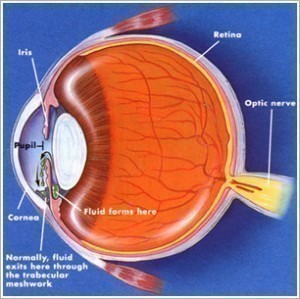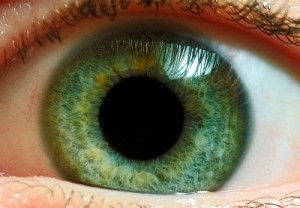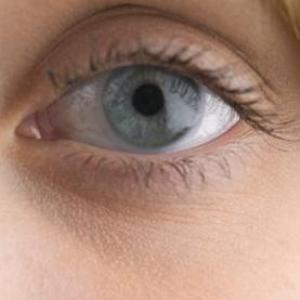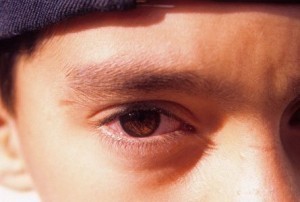What Causes Double Vision?
What is Double Vision
Binocular Diplopia
If the two eyes are misaligned and aim at different targets, two non-matching images will be sent to the viewer’s brain. When the brain accepts and uses two non-matching images at the same time, double vision results.
Double vision is dangerous to survival, so the brain naturally guards against its occurrence. In an attempt to avoid double vision, the brain will eventually disregard one of the mismatching images. That is, the brain will ignore one eye (called suppression).
Due to the brain’s ability to suppress one eye, a person’s double vision can appear to go away without medical evaluation or treatment. When vision in one eye is lost, the person has also lost normal depth perception and stereo vision. However, the loss of vision could be temporary and treatable.
Conditions that can cause binocular double vision
In adults, if binocular double vision develops suddenly, there is a high likelihood that it is a sign of disease. Conditions that can cause binocular double vision are listed below.
- Thyroid disease that affects the external eye muscles.
- Disease of the arteries that supply blood to the brain.
- Diabetes, this can cause double vision by damaging the nerves that control eye movement. The damaged nerves often re-grow after several months and, as they do, your double vision will gradually disappear.
- Myasthenia gravis, a condition that causes the body’s muscles to become weak and to tire easily.
- Multiple sclerosis, a neurological condition that affects the central nervous system.
- Aneurysm, bulging of the arteries in the brain.
- A blood clot behind the eye that prevents normal eye movement.
- Stroke
- Brain tumor, or cancer in or behind the eye that distorts the image produced by the eye.
A head injury that damages the muscles of the eye sockets, or the nerves that control these muscles, can also sometimes result in binocular double vision.
Monocular diplopia
More rarely, diplopia can also occur when viewing with only one eye; this is called monocular diplopia, or where the patient perceives more than two images, monocular polyopia. In this case, the differential diagnosis of multiple image perception includes the consideration of such conditions as corneal surface keratoconus, a structural defect within the eye, a lesion in the anterior visual cortex (rarely cause diplopia, more commonly polyopia or palinopsia) or non-organic conditions.
Monocular double vision is rarer than binocular double vision. It is usually caused by abnormalities of the
- Cornea, the clear part of the eye that covers the iris and pupil.
- Iris, the coloured part of the eye.
- Lens, the transparent layer behind the pupil that focuses light on to the retina at the back of the eye.
- Vitreous humour, the jelly-like substance that fills the body of the eye.
- Aqueous humour, the thin, watery fluid that fills the space behind the cornea, at the front of the eye.
- Refractive errors, such as astigmatism (a condition where the cornea is abnormally curved, so that light coming into the eye is not focused properly on the retina).
- A rare type of cataract (clouding of the lens) that splits the affected eye’s image.
- Dry eye, when your eye does not produce enough tears.
- A mass, or swelling, in your eyelid that presses on the front of your eye.
- An eye abnormality, such as a dislocated lens.






